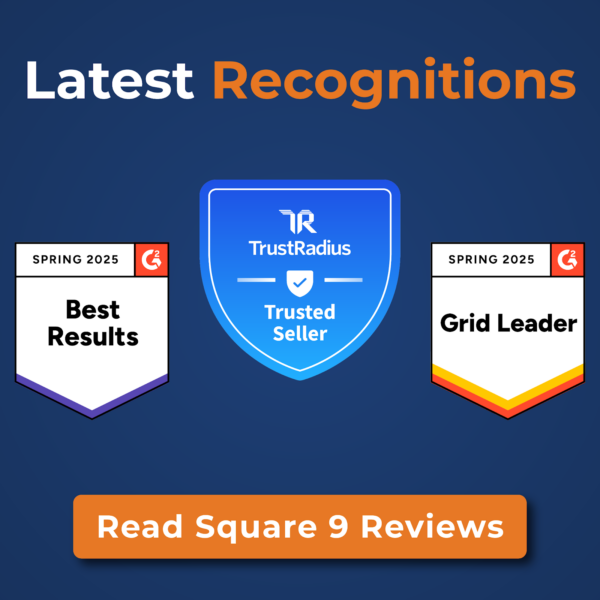Square 9 Softworks published an all-new expert guide on intelligent information management in higher education. This guide, The Future of Higher Education: Your Guide to Efficient Information Management, aims to provide colleges and universities with key insights, strategies, and information on how to best automate processes and streamline information access across their institution.
Intelligent information management involves a set of solutions and processes that enables companies, non-profits, and institutions to organize, manage, understand, and control the flow of information across their departments and members.
By helping colleges and universities close information silos across various departments, meet security challenges amidst rising ransomware attacks, manage compliance requirements with much-needed information, and streamline enrollment processes to attract top talent, intelligent information management solutions offer higher education the opportunity for a more communicative, efficient, and informed campus.
“Colleges and universities are dedicated to fostering ideal environments for learning and innovation, but without a proper system, this can often come at the price of efficiency,” says Steve Young, Square 9’s president and CEO. “This guide aims to help these institutions narrow down a solution to this challenge that meets their unique needs.”
In addition to guiding those researching intelligent information management in the higher education space, Square 9 has also created expert guides for K-12 education document management, enterprise content management, accounts payable automation, optical character recognition, and human resources departments looking to transform how they manage their information.
About Square 9 Softworks
Square 9 Softworks is an industry-leading provider of an AI-powered intelligent information management platform that takes the paper out of work and makes it easier to get things done! With digital workflows that automate many aspects of how you work today, Square 9 makes it easy by extracting information from scans or PDFs, storing documents in searchable archives, and building digital twins of your current processes through graphic workflows.





